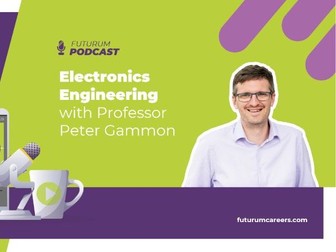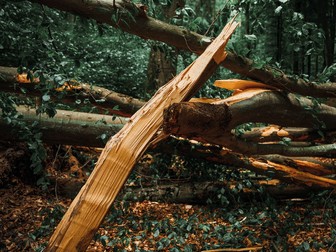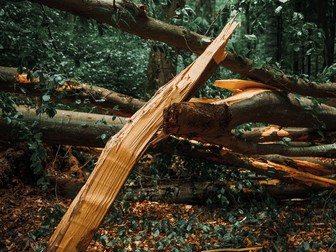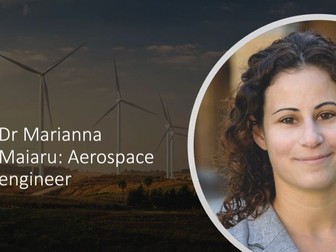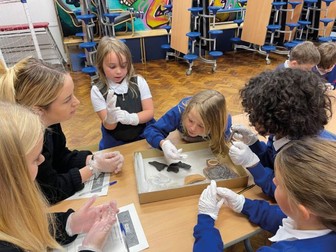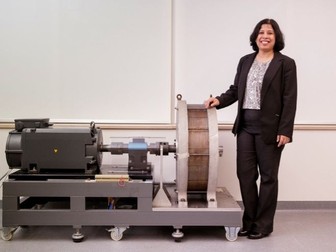
Electronics Engineering with Professor Peter Gammon
Suitable for 14 to 19-year-olds (secondary and high schools, and college), this careers podcast can be used in the classroom or shared with students online.
This podcast links to KS4 and KS5 engineering and careers.
It links to:
Gatsby Benchmark 2: Learning from career and labour market information
Gatsby Benchmark 4: Linking curriculum learning to careers
• Professor Peter Gammon is an electronics engineer at the University of Warwick in the UK. In this episode of the Futurum Podcast, Peter provides insights into his education and career path, giving students thoughtful and encouraging advice.
• The PowerPoint contains pre- and post-listening talking points and questions that enable students to break the podcast down and reflect on their own skills and aspirations.
• The transcript is also available for accessibility. Please think before you print!
This resource was first published on Futurum Careers, a free online resource and magazine aimed at encouraging 14-19-year-olds worldwide to pursue careers in science, tech, engineering, maths, medicine (STEM) and social sciences, humanities and the arts for people and the economy (SHAPE).
If you like these free resources – or have suggestions for improvements –, please let us know and leave us some feedback. Thank you!
